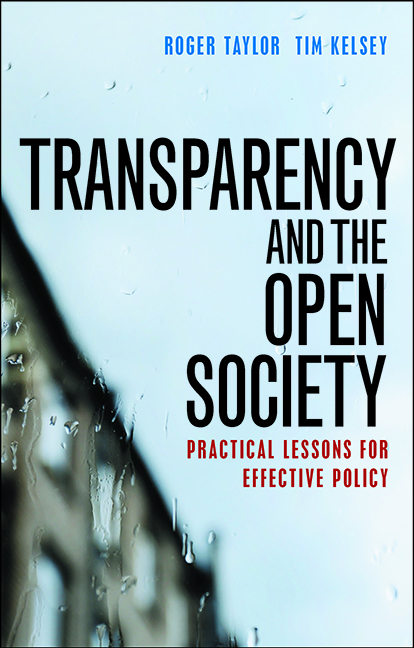19 - Artificial intelligence and allocation systems
Published online by Cambridge University Press: 05 April 2022
Summary
Frank Rosenblatt may be the most important person that the majority of people have never heard of. In 1957, with a grant from the US Office of Naval Research, Rosenblatt invented the Perceptron, a machine that was capable of learning. This was an analogue computer – a mechanical device which looked a little like a telephone exchange overrun with wires. It had an array of 400 photocells which Rosenblatt connected to the mechanical ‘neurons’. It was first tasked with learning how to distinguish between different letters of the alphabet – and even when its ‘intelligence’ was degraded by pulling out some of the wires, it could still tell the difference between basic letters.
Rosenblatt gave a press conference in 1958 and the New York Times reported the Perceptron to be ‘the embryo of an electronic computer that [the Navy] expects will be able to walk, talk, see, write, reproduce itself and be conscious of its existence’. Some of Rosenblatt's colleagues in the early community of scientists researching artificial intelligence (AI) objected to these claims.
Rosenblatt was an eclectic character. He built an observatory in his garden and used it to look for extraterrestrial intelligence. He was intrigued by the fact that artificially intelligent machines can inherit knowledge – whereas humans have to learn everything from birth, an AI computer can import all the learning of its predecessor – and in the 1960s he conducted a series of experiments to see if extracting brain cells from trained mice and injecting them into untrained mice would cause them to be trained. It did not.
Rosenblatt died in 1971, aged 43, in an accident. Artificial intelligence had achieved little by that time and scepticism about its potential grew in subsequent years. Some considered his entire enterprise to have been misconceived. Today, his reputation is being restored. The consensus is that the Perceptron was, as Rosenblatt claimed, a machine capable of learning and confidence in the potential of AI is high, as the internet has allowed the creation of data sets of sufficient size for machines to demonstrate their ability to learn very quickly given enough data.
Google Translate is perhaps the best known example. Enter a word or phrase in most common languages and it will give you an equivalent word or phrase in almost any other language.
- Type
- Chapter
- Information
- Transparency and the Open SocietyPractical Lessons for Effective Policy, pp. 321 - 336Publisher: Bristol University PressPrint publication year: 2016



